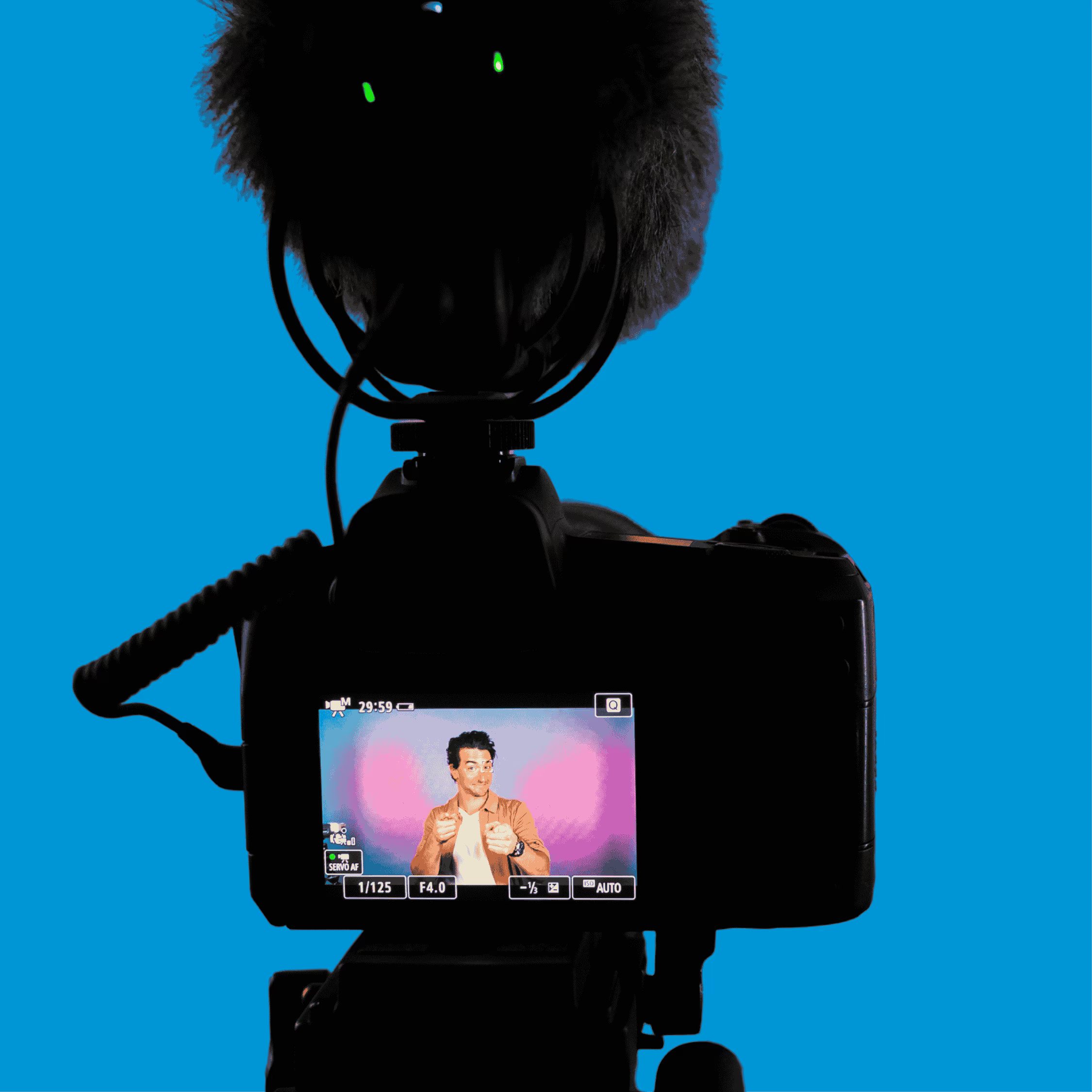How to Work with Social Media Influencers: The Ultimate 7-Step Guide for Brands

It's not just a marketing trend to work with social media influencers; it's a key part of the digital world. A successful campaign, on the other hand, is much more than just sending out a product and waiting for a post. It needs a careful process that includes planning, negotiating, following the rules, and keeping track of performance in detail.
How to Work with Social Media Influencers in the UAE and GCC
Brands that do business in fast-changing markets like the UAE and MENA have to deal with even more problems because of specific licensing requirements and cultural differences.
This guide breaks down the influencer marketing lifecycle into seven essential steps, helping your brand move from vague awareness goals to guaranteed, measurable return on investment (ROI).
Step 1: Defining Your Campaign Goals and Audience
Before you even begin the search for a creator, you must define why you're running the campaign and who you're trying to reach.
Aligning Influencer KPIs to Business Objectives
Every campaign must be tied to a clear business goal. This will determine the tier of influencer you use and the metrics you track:
- Awareness: Goal is maximum reach and impressions. KPIs: Impressions, unique reach, brand mentions.
- Engagement/Consideration: Goal is building trust and driving action. KPIs: Engagement rate, comments, shares, video views, clicks to site.
- Conversion/Sales: Goal is direct revenue. KPIs: Click-Through Rate (CTR), Coupon Redemptions, Cost Per Acquisition (CPA), Return on Ad Spend (ROAS).
B2C vs. B2B: How the Strategy Shifts
- B2C: Focuses on aspirational, visually-driven content (Instagram, TikTok). The content is often integrated into the influencer’s lifestyle.
- B2B: Centers on thought leadership and subject matter expertise (LinkedIn, niche podcasts, YouTube). The content should educate, validate your product, and appeal to decision-makers.
Step 2: Influencer Discovery and Vetting (Finding the Right Fit)
Finding an influencer isn't about the follower count; it's about affinity, authenticity, and audience alignment.
The Fake Follower Check: Auditing Authenticity and Engagement Rate
A high follower count is a vanity metric if the audience is fake, irrelevant, or inactive. Always analyze:
- Engagement Rate (ER): The percentage of followers who interact with content. A Nano or Micro-influencer with a 6-10% ER is often more valuable than a Mega-influencer with a 1-2% ER.
- Audience Demographics: Does their audience location, age, and interests match your target customer in the UAE or GCC?
- Comment Quality: Look for generic, repetitive comments (e.g., "Great post!") that may indicate bot activity. Authentic comments are personalized and relate directly to the content.
Regional Note: Identifying Locally Licensed Creators in the UAE 🇦🇪
In the UAE, any resident who earns money from online activities (including brand promotions) is typically required to hold a Media License issued by the relevant free zone authority (e.g., the National Media Council, now integrated under the Media Regulatory Office).
Brands and agencies are responsible for ensuring they work with licensed creators. Failure to do so can result in significant fines. Always confirm an influencer’s licensing status to maintain full legal compliance.
Read also:
Influencer License Dubai: New Regulations and Two-Tiered Licensing System
Step 3: Creating the Perfect Influencer Outreach Strategy
The first message you send sets the tone for the whole partnership. Don't send out generic, bulk emails.
Best Practices for Outreach: Personalization is Key
Your message should show right away that you've looked into the creator and really appreciate their unique style.
- Mention a specific piece of their content: "I really liked your recent video on [Topic]. The way you explained [Concept] was great."
- Don't just ask for a post; explain how it will help both of you. Tell them how your product or service really fits with their audience and how this chance will help them build a better portfolio of content.
- Keep it short: Give a clear overview of the brand and the idea for the campaign, but save the full brief for a later meeting.
Step 4: Negotiating the Deal and Drafting the Contract
The contract is the single most important document, protecting both your brand and the creator. Never rely on verbal agreements.
Key Negotiation Points
- Scope of Work (SOW): Clearly define deliverables (e.g., 1x in-feed post, 3x Stories, 1x TikTok video). Specify the exact platforms and posting dates.
- Usage Rights: Define whether your brand can repurpose the content for paid ads (whitelisting), your website, or other marketing channels, and for how long. This is a key value point for your brand.
- Exclusivity: Prohibit the influencer from promoting a direct competitor for a specified period (e.g., 30–90 days).
Read also:
UAE Influencer Contracts: Legal Manual for Companies & Influencers
Legal Must-Haves: The Compliance Checklist
The contract must explicitly cover regulatory guidelines:
- Mandatory Disclosure: Specify the exact language or hashtag the influencer must use. In the UAE, the disclosure must be clear, legible, and unmistakable (#Ad or #Sponsored). It is often required to be visible within the first few seconds of a video or within the primary caption/on the image itself.
- Approval Clause: State that the brand retains the right to review and request edits to the content before it is published.
Step 5: Content Briefing and Campaign Management
A brief is not a script—it's a guide. You hire an influencer because they are creative, so let them speak in their own way while still following your brand's rules.
Writing a Creator-Friendly Brief that Protects Your Brand
Your brief should include:
- The 'Why': The core campaign message and your brand's voice/identity.
- The 'Don'ts': Clear brand safety guidelines (e.g., no sensitive topics, no use of profanity, no promotion of competitors).
- Key Deliverables: Specific call-to-action (CTA), required tags, mandatory links, and disclosure hashtags.
- Creative Inspiration: Provide examples of successful past collaborations, but do not demand that they copy the exact style.
The Content Approval Process: Tips for Efficient Workflow
For a single, unified feedback loop, use a shared drive or a collaborative tool. Set a clear deadline for the first drafts, feedback, and final publication for the creator.
Step 6: Measurement, Reporting, and ROI Calculation
This is where performance-driven influencer marketing distinguishes itself from traditional PR.
Moving Beyond Likes: Tracking Sales and Conversions
To measure true ROI, you must implement tracking mechanisms:
- Unique Promo Codes: Assign a unique code to each influencer to track sales directly attributed to their audience.
- Affiliate Links: Use trackable URLs (e.g., via UTM parameters) to monitor traffic and conversions flowing from the influencer’s channels to your website.
- Whitelisting: Running an influencer's best-performing content as a paid ad campaign allows you to use your brand's pixel data for accurate conversion tracking and retargeting.
Step 7: Building Long-Term Influencer Relationships
Long-term partnerships are the most valuable. Changing a one-time campaign into a long-term ambassadorship saves time and money and builds real loyalty.
The Power of Retention: From One-Time Partnership to Brand Ambassador
- Reward Performance: Influencers whose content consistently drives high ROAS should be prioritized for renewals and higher budgets.
- Ongoing Communication: Keep the conversation going, even when you aren't actively running a campaign. Share brand news and offer early access to products.
- Fair Payment: Always ensure timely payment. An agency that streamlines contracts and payments becomes an influencer’s preferred partner.
How to Work with Social Media Influencers and Scale Your Marketing Efforts
It's great to work with influencers, but managing the process—from getting regional licenses and checking out thousands of creators to negotiating contracts and keeping track of complicated ROAS—is a full-time job. Expert management is often the difference between a viral hit and a costly compliance fine.
It's time to work with an expert if you want to start a guaranteed performance-driven campaign in the UAE and MENA without any hassle or risk.
Talk to a Boomerang influencer marketing expert today.
Real Case Studies : How to Work with Social Media Influencers
 The campaign activated 10 UAE national influencers, achieved significant social media engagement uplift, and directly increased Chić's in-store inquiries and footfall.
The campaign activated 10 UAE national influencers, achieved significant social media engagement uplift, and directly increased Chić's in-store inquiries and footfall. Discover how American Express achieved remarkable success for its Platinum Card, generating over 24 million views and significant engagement through a luxurious Al Ula experience.
Discover how American Express achieved remarkable success for its Platinum Card, generating over 24 million views and significant engagement through a luxurious Al Ula experience.






